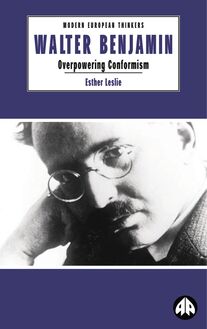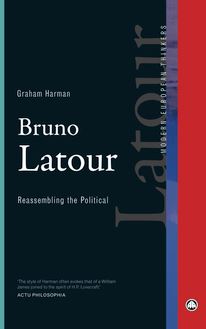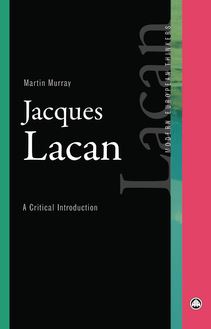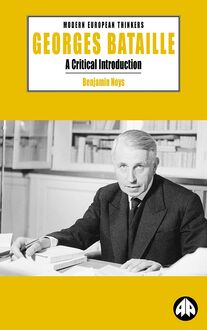Jurgen Habermas , livre ebook
174
pages
English
Ebooks
2005
Obtenez un accès à la bibliothèque pour le consulter en ligne En savoir plus
Découvre YouScribe et accède à tout notre catalogue !
Découvre YouScribe et accède à tout notre catalogue !
174
pages
English
Ebooks
2005
Obtenez un accès à la bibliothèque pour le consulter en ligne En savoir plus
Publié par
Date de parution
20 octobre 2005
Nombre de lectures
5
EAN13
9781849642019
Langue
English
For Habermas, the 'public sphere' was a social forum that allowed people to debate -- whether it was the town hall or the coffee house, maintaining a space for public debate was an essential part of democracy. Habermas’s controversial work examines the erosion of these spaces within consumer society and calls for new thinking about democracy today.
Drawing on Habermas’s early and more recent writings, this book examines the ‘public sphere’ in its full complexity, outlining its relevance to today’s media and culture. It will be of interest to students and scholars in a range of disciplines across the social sciences and humanities.
INTRODUCTION
1. EXCAVATIONS: THE HISTORY OF A CONCEPT
i) Introduction
ii) The bourgeois public sphere
iii) The fall of the bourgeois public sphere
iv) Critical publicity and late capitalism
2. DISCURSIVE TESTING: THE PUBLIC SPHERE AND ITS CRITICS
i) Introduction
ii) Lessons from history
iii) Equality and emancipation
iv) Rationality and embodiment
3. RECONFIGURATIONS: THE PUBLIC SPHERE SINCE STRUCTURAL TRANSFORMATION
i) Introduction
ii) Scientism and politics
iii) System, lifeworld and communicative action
iv) The politics of the other
4. MEDIATIONS: FROM THE COFFEE HOUSE TO THE INTERNET CAFE
i) Introduction
ii) The fall of the agora
iii) A public sphere in bits?
5. UNFINISHED PROJECTS: REFLEXIVE DEMOCRACY
i) Introduction
ii) Reflexive agency
iii) Risk and reflexivity
iv) Revisiting the public sphere
BIBLIOGRAPHY











